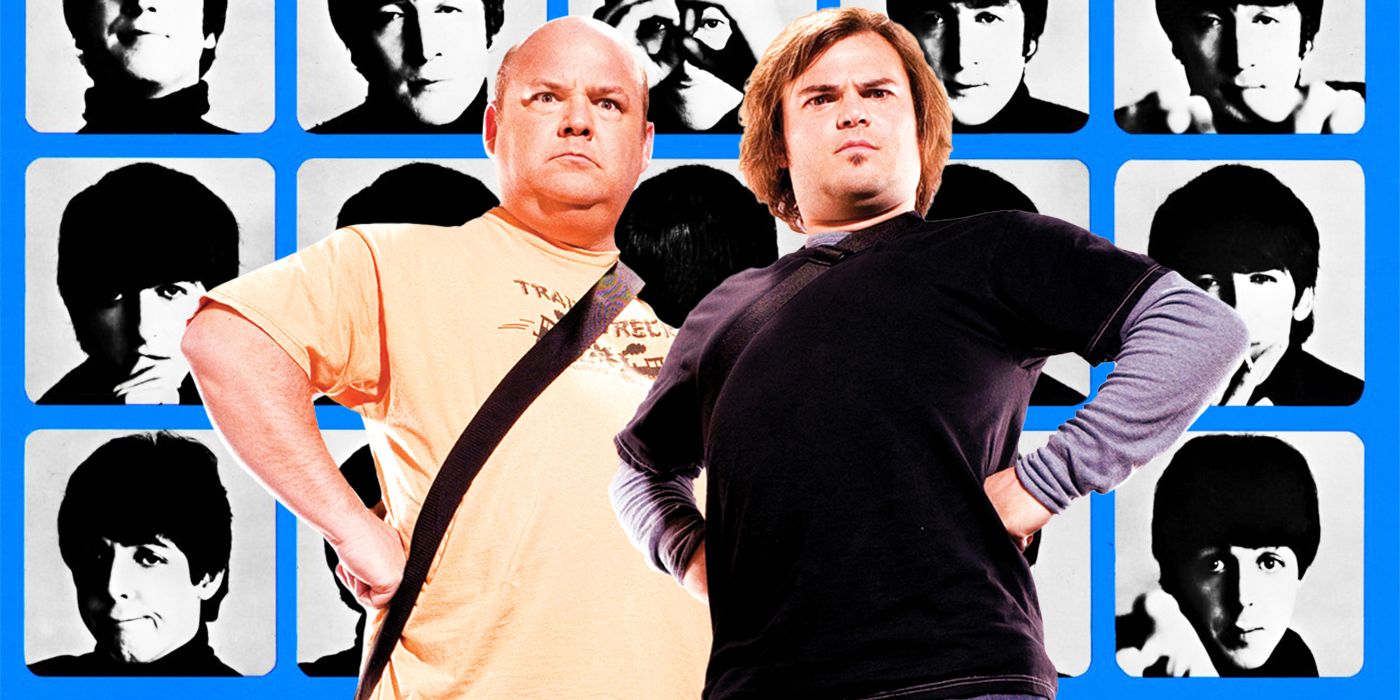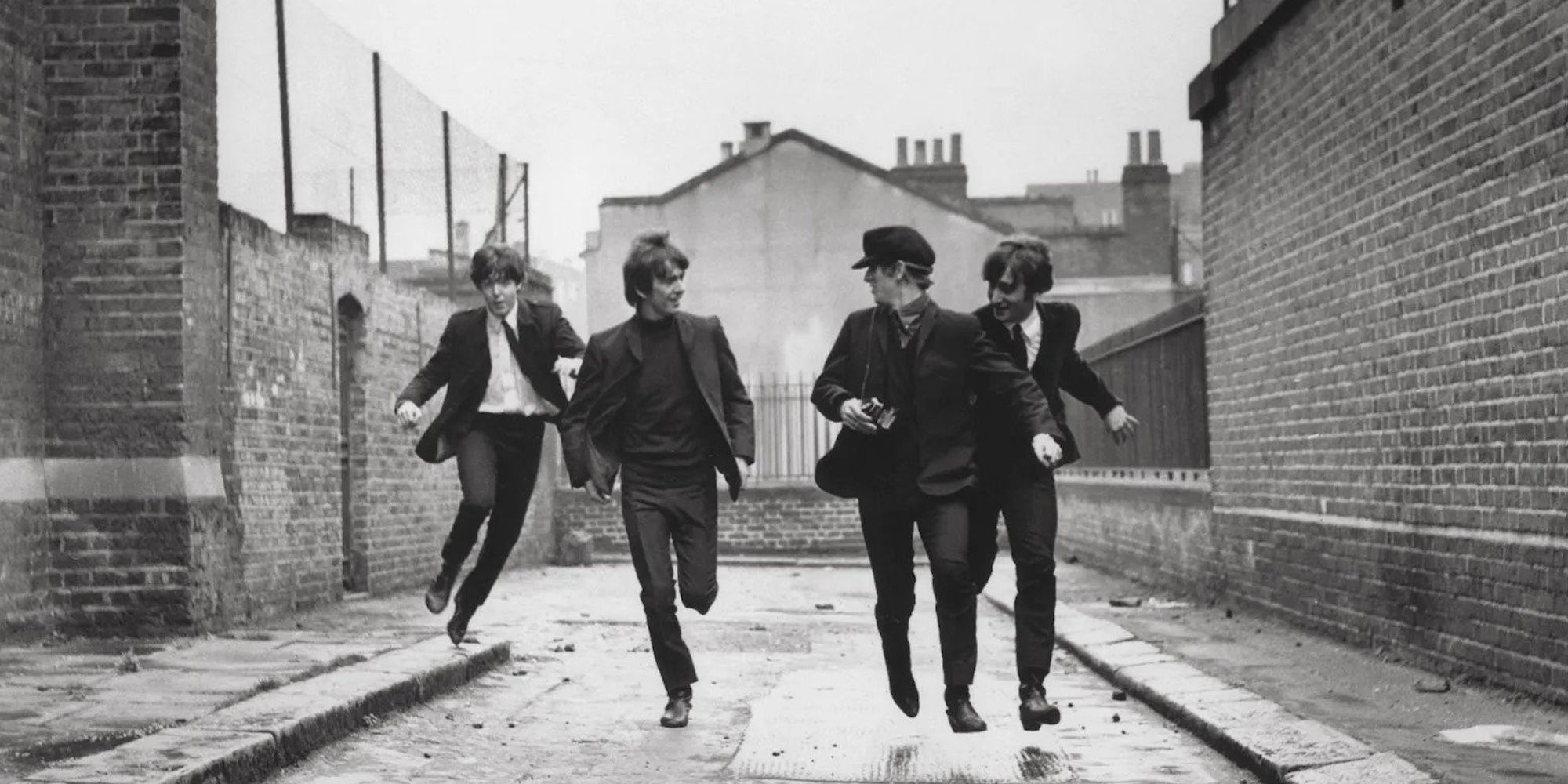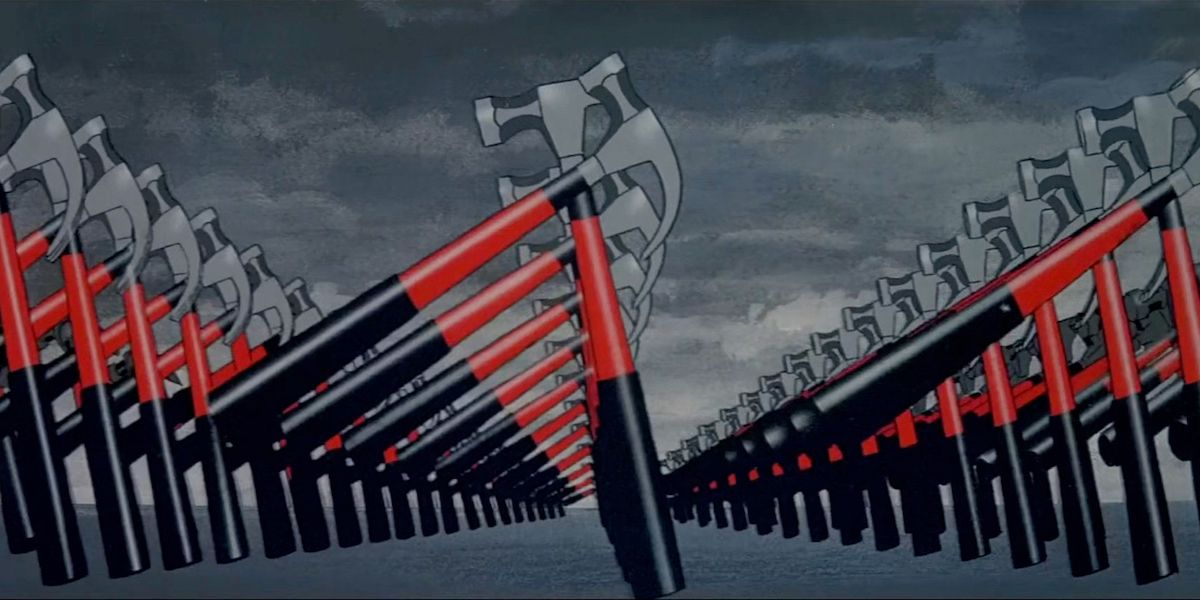Once upon a time, one of the mediums that one could find their favorite musical groups in was the movies. The Beatles' A Hard Day's Night, The Monkees' 1968 movie Head, KISS' made-for-TV cult classic KISS Meets the Phantom of the Park, and more. Band movies gave fans a chance to see a different side of their heroes, ones that played into their personas, often comedic, or into the mythos of the band. Then the band movie genre withered away, with 2006's Tenacious D in The Pick of Destiny and the 2022 Foo Fighters film Studio 666 only two in recent memory that come immediately to mind. What happened?
To appreciate just how impactful the band movie was upon society, one has only to look at the first "true" rock and roll feature film, 1956's Rock Around the Clock. The film, like most centered around bands, had the thinnest of plot lines. Two men end up in a small, backwoods town called Strawberry Springs. Here they come across a 'new type of music with a different beat', played by part-time musicians who farm during the week: Bill Haley and His Comets, who recorded the song (which hit the top of the charts thanks to its appearance in the movie Blackboard Jungle in 1955). One of the men, Steve (Johnny Johnston), agrees to manage the band, eventually landing them a spot in famed DJ Alan Freed's club. That gig sets off a meteoric rise to fame for the group, ending with a big show in Hollywood. The movie was highly successful but caused no end of controversy on its release. The New York Times in 1956 had a headline 'Rock & Roll Called "Communicable Disease.'" In the South, the film had the audacity to bring together an integrated teenage audience when races rarely, if ever, mixed socially. In London, theater managers had to stop the film in order to tell the teens in the audience to sit back down. Other English and American towns and cities simply didn't bother, banning the film outright.
The Beatles Owned the Band Movie... and The Monkees Should Have Let Them
Perhaps unsurprisingly, the band that utilized the movie medium to its full advantage is the band that owned the charts over the course of the 1960s: The Beatles. The five films released while the band was together differed, but each represented perfectly where the band was artistically at the time. The first, A Hard Day's Night, captured a fictional "day in the life" of the band at the height of Beatlemania. The movie played to the band's strengths, humor and talent, while also having fun with and expanding on the idea of Paul McCartney as "the cute one", Ringo Starr as "the funny one", and so on. Their 1965 film Help! was still funny, but much more subdued, with music and film being impacted by their marijuana use. The Magical Mystery Tour and Yellow Submarine leaned more toward an artistic vision, both much more experimental and psychedelic, a perfect parallel to what they were releasing at the time. Let It Be caught the band at the end, a documentary that was meant to show them working together on an album returning them to their roots, but instead caught the fractured relationships that ultimately saw the Beatles disband.
The band movie, as the Beatles would attest to, was effective when used well. The band movie also, though, had the power to take a band down. While the 1968 film Head has been viewed much more positively over the years, at the time it was disastrous. The Monkees TV show sold the band (who famously weren't even a band, to begin with) as a Beatle-esque A Hard Day's Night-era group of fun-loving lads caught up in wacky, weekly hi-jinks. This wasn't the group that appeared in Head. The film was nothing remotely like the TV show. It was the group in an existential, meta series of multiple-genre vignettes, constantly coming to realize everything in their lives is scripted. Including their suicide attempt at the end. Sorry, not quite the end - the end has them in a deep aquarium. There was nothing for their fans to connect with the group they knew, assuming the fans were even old enough to see the film. The film's soundtrack only reached #45 on the charts, the first of their albums not to hit the Top 5, while the single Porpoise Song didn't crack the Top 40. The Monkees disbanded shortly after, killed by the film they helped to create.
Video Killed the Radio Star... and the Band Movie
The 1970s and early 1980s saw the concept of the band movie expand. KISS Meets the Phantom of the Park was pure marketing for the band, turning the members into superheroes as a crossover promotion with their Marvel comic book. Alan Parker's 1982 mind-trip Pink Floyd - The Wall, based on the 1979 album from Pink Floyd (and screen written by Floyd's own Roger Waters), was an artistic extension of the band's work, a visual representation of the existentialist classic. Two of the most highly acclaimed concert films were released during this time: Martin Scorsese's The Last Waltz, the film that captured The Band's farewell concert in 1976; and Jonathan Demme's 1984 Talking Heads' concert film Stop Making Sense. Then the band movie that skewered the band movie, 1984's This Is Spinal Tap.
The launch of MTV on August 1, 1981, effectively kicked off the slow demise of the band movie. Fans didn't have to go to the movie theater to see their favorite bands, they just had to turn on their TV. The artist became both musician and actor, and the music video quickly became a more polished, refined medium, with works like John Landis' touchstone Michael Jackson's Thriller video blurring the lines between film and MTV. The new reality meant music became more of a business than an artistic vision, with artists carefully being crafted for mainstream success, a la The New Kids on the Block. It rapidly became taboo to do anything that might impact an artist's bottom line, so the band movie became just as corporate as the music. As time wore on, the music itself was becoming too fractured to appeal to wider audiences. There wasn't a Beatles that everyone enjoyed. Now there was rap, hip-hop, emo rap, pop, rock, heavy metal, thrash metal, adult contemporary, and more. This all led to where we find ourselves today, where music tastes are siloed by algorithms, and artists push for live-streaming concerts (Taylor Swift's savvy move to have her Eras Tour streamed by fans via TikTok is an excellent example).
The truth is, Studio 666 is likely the last of its kind, a band movie featuring a band, the Foo Fighters, that has no qualms about poking fun at themselves. It was once a genre that proved so controversial that parents were warned about what could happen to their teens if they watched. A genre that caught artists at their creative bests, and sometimes their worsts. It is now an outlier, a relic from a different time. But there's always the hope of an encore.



